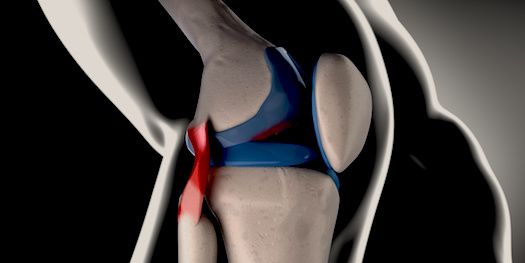ACT-SOLO Study: Patients Receiving Tocilizumab Monotherapy Still Benefit
At one year, nearly as many on monotherapy were in remission as on combo therapy.

A high proportion of patients with rheumatoid arthritis (RA) are receiving tocilizumab as monotherapy in clinical practice, and after one year, the researchers conducting the ACT-SOLO study have found results for tocilizumab alone or in combination with other medications. Rene-Marc Flipo, of the University Hospital in Lille, France, and colleagues authored a study describing their findings after one year of the ACT-SOLO study.
Current guidelines recommend using a biologic disease-modifying antirheumatic drug (bDMARD) in combination with conventional synthetic (cs) DMARDs to treat RA; however, using a DMARD such as tocilizumab as monotherapy appears to produce similar results. The researchers say, “the ACT-SOLO study primarily aimed to search for real-life factors influencing the use of tocilizumab as MONO or in combination with a csDMARD in RA patients”. They add that secondary objectives included describing participants and disease characteristics, why tocilizumab was chosen as a therapy, the efficiency of tocilizumab, how patients’ lives changed during treatment, and predictive factors until one year.
ACT-SOLO is an observational, multi-center prospective cohort study. A total of 161 rheumatologists who regularly manage RA patients participated; of those, 118 included at least one patient between January 2012 and August 2013. “Eligible patients for the study were adults starting tocilizumab treatment for RA either in combination with a csDMARD (COMBO) or as MONO,” say the authors.
The researchers estimate that the overall proportion of RA patients in France who are receiving tocilizumab MONO was between 30-40% at the time of the study. They looked for factors to explain the reasons that patients were receiving MONO or COMBO at baseline. The participating physicians’ characteristics were examined, as well as what RA treatments patients had previously received.
A total of 577 patients were included, with 228 (40%) in the MONO group and 349 (60%) in the COMBO group. The authors report, “At inclusion, RA and patients’ characteristics were generally numerically less favorable in the MONO group”. Additionally, they tended to be slightly older, have more comorbidities and/or history of diseases, and a longer duration of RA. The vast majority of participants, 94.6% had received methotrexate (MTX), a common csDMARD, at least once prior to the study.
Before the first infusion of tocilizumab infusion, 2% of the patients in the MONO group were in remission and 3% of the COMBO group patients were. At one year, 35% of the MONO group and 36% of the COMBO group were considered in remission. In addition, the patients’ reported quality of life in both groups improved at similar rates over the course of the treatment.
At least one adverse event occurred in 325 patients, most frequently infection. Seventy-four patients reported at least one serious adverse event, again, mostly related to infection.
The authors conclude by saying, “This non-interventional 608-patient study conducted in RA patients confirms in real-life conditions that more than one-third of them started tocilizumab treatment as MONO”. They add that there were predictors for this treatment strategy, including age, history of severe infection, no MTX treatment in the previous two years, and more active disease. Additionally, there were no clinical differences between the MONO and COMBO groups after 12 months of treatment.
The full study can be found in the BMJ Journal RMD Open Rheumatic and Musculoskeletal Diseases.
Related Coverage:
FUNCTION Trial: Sustained Results for RA with Tocilizumab Maintained Through 2 Years
Tocilizumab Safe for Treatment of Rheumatoid Arthritis in Patients with Renal Insufficiency
How Long Should Tocilizumab Be Continued for Patients with Giant Cell Arteritis?